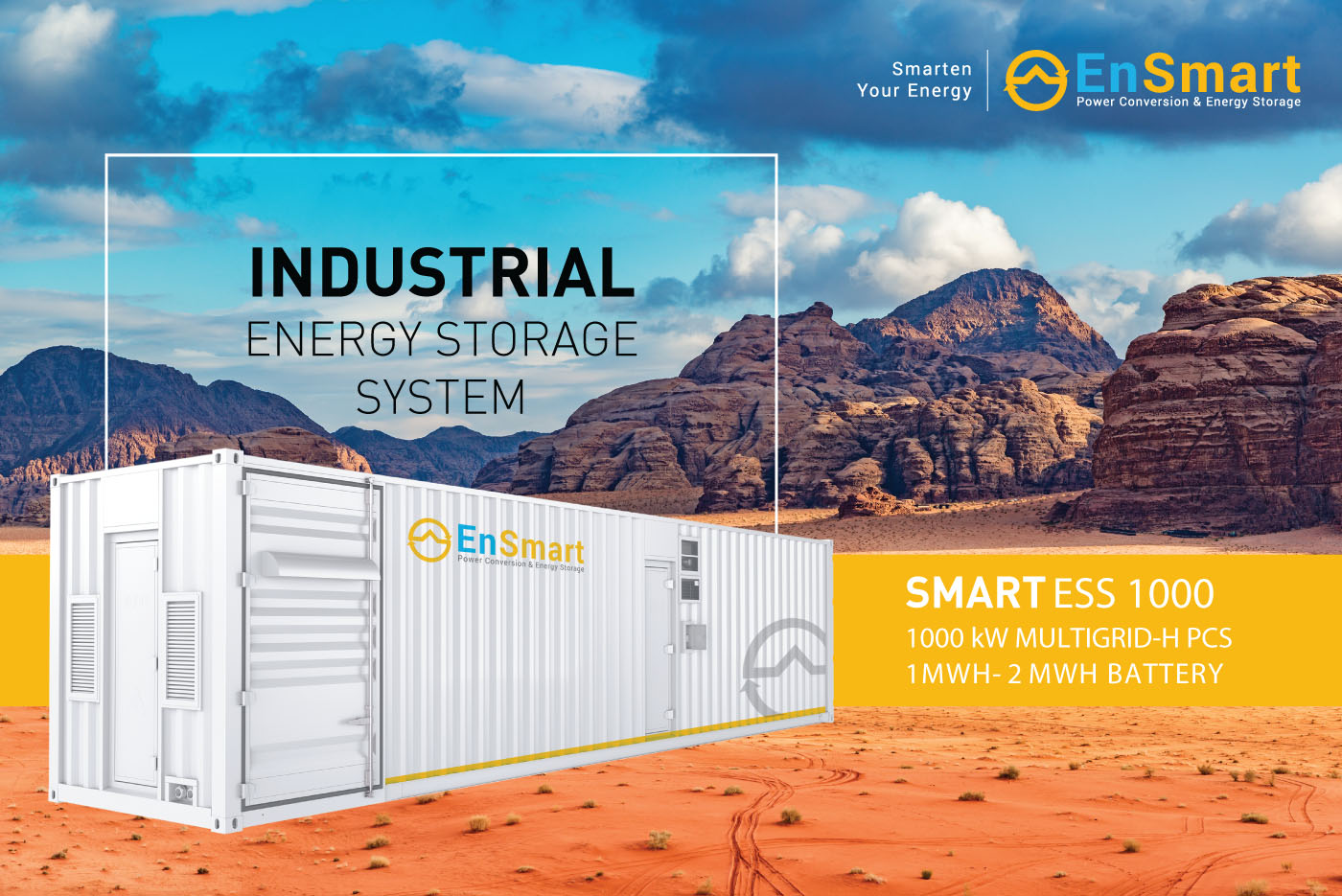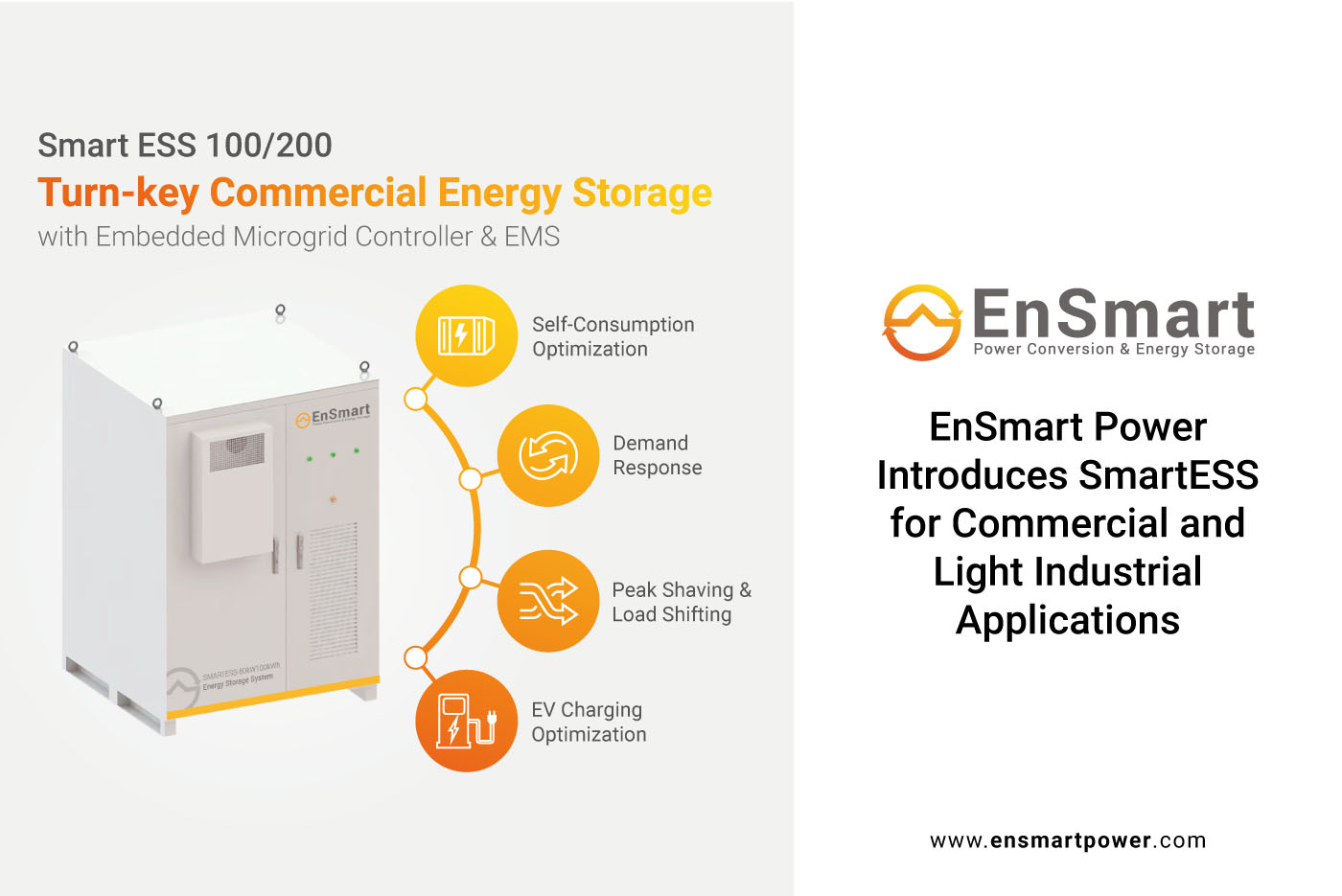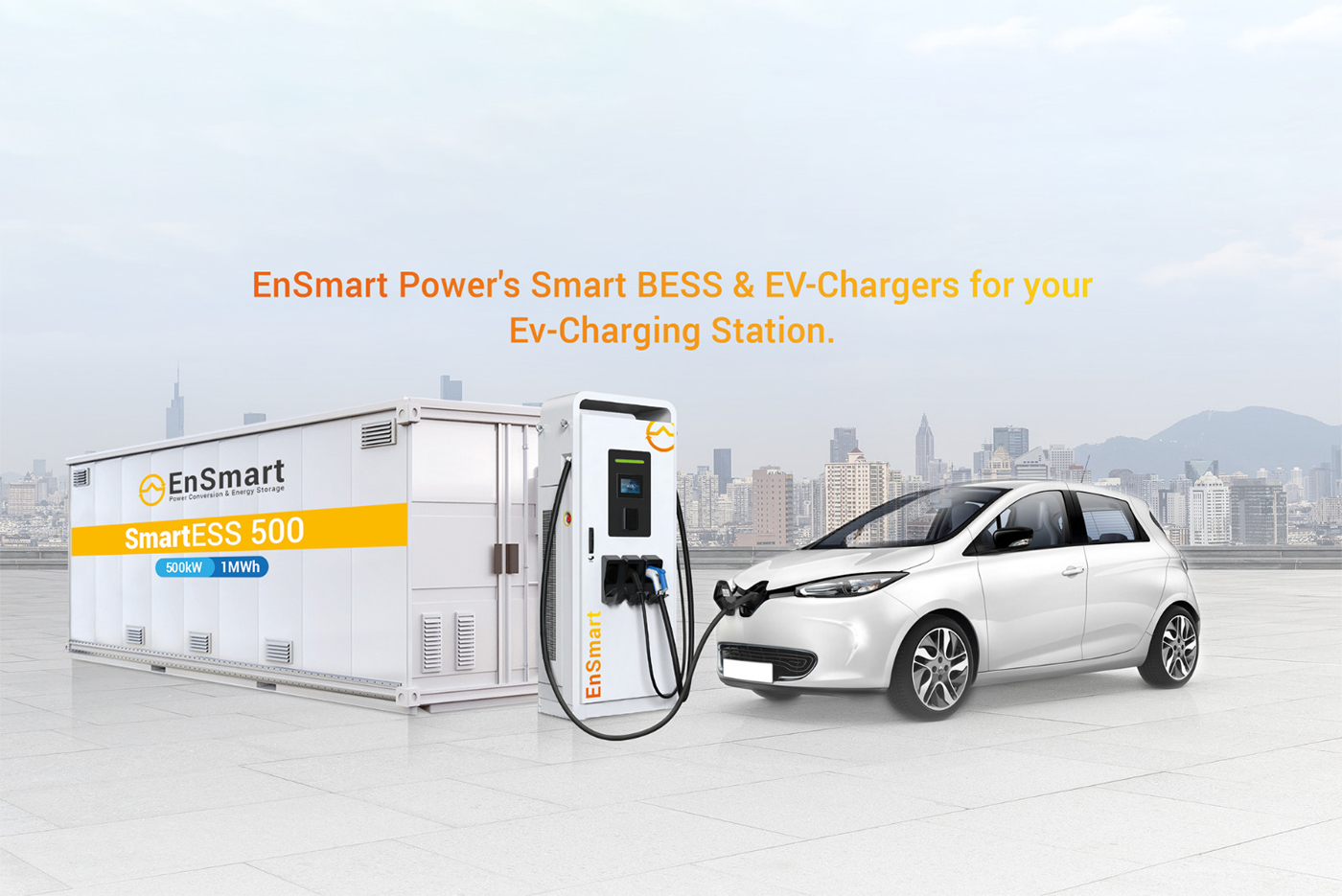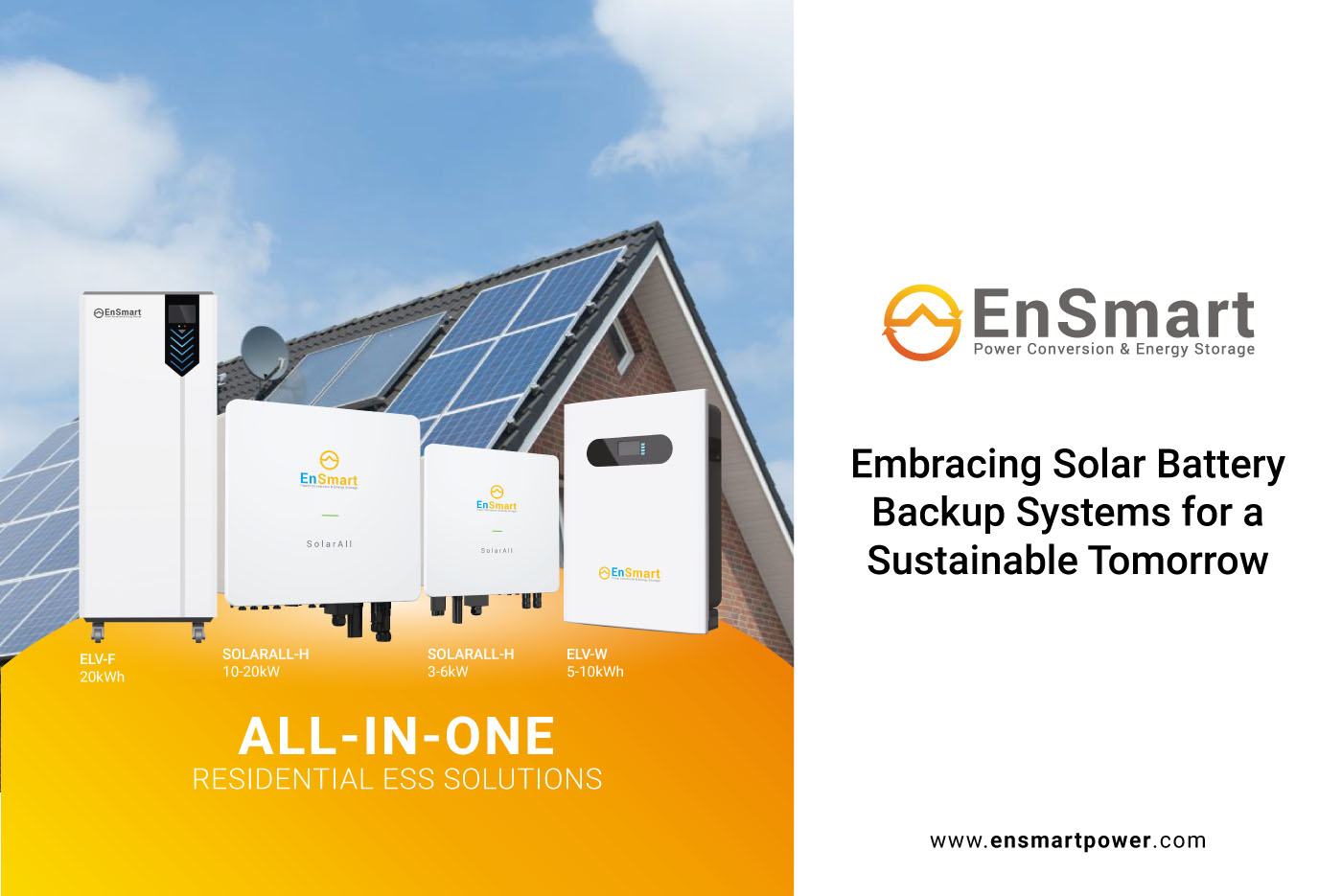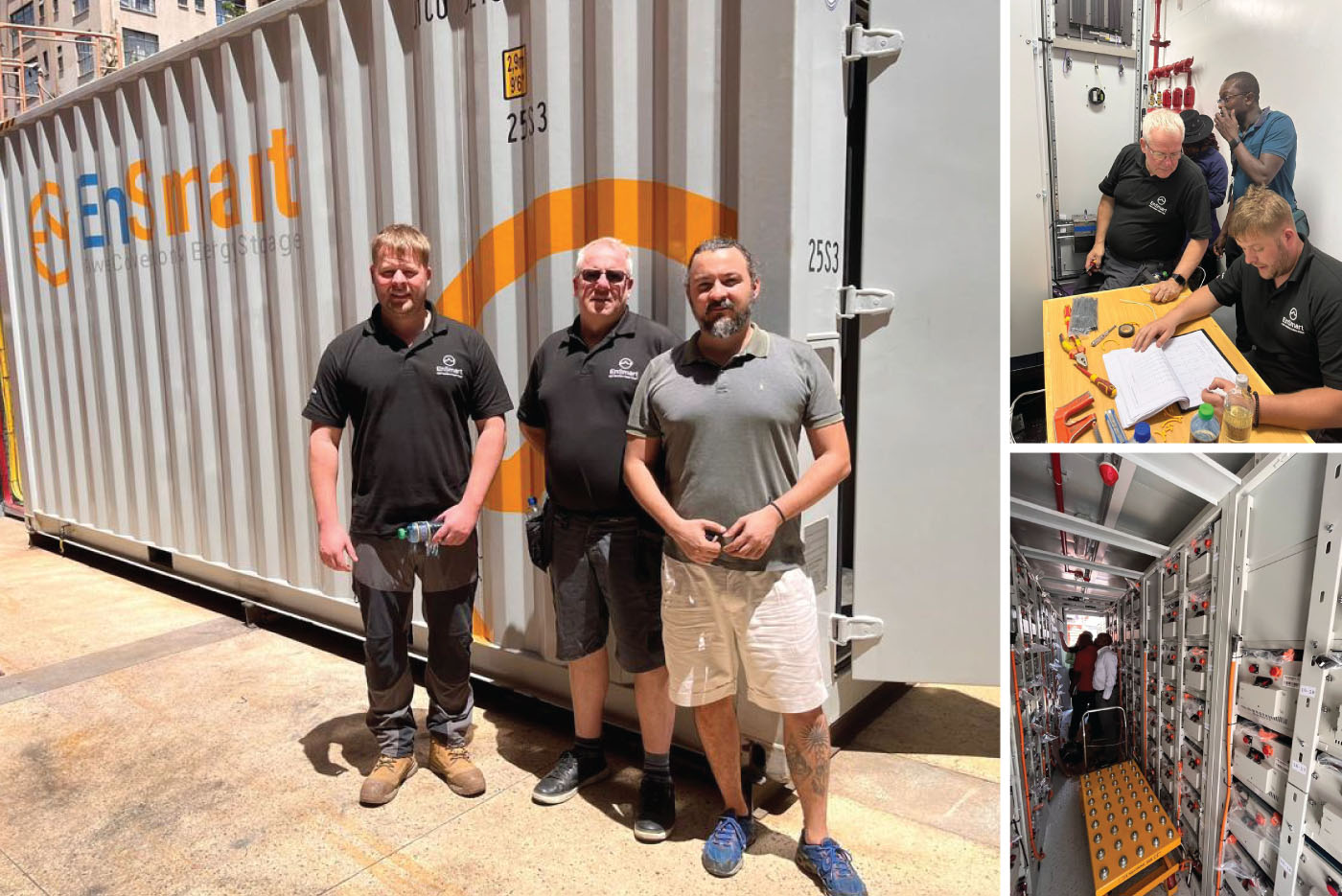The System Structure of an Energy Storage System
As the energy industry moves away from carbon-heavy production, renewable energy and storage is being critical for delivering on the demand while securing the future of world energy and playing a prominent role in a grid that is migrating to a higher penetration of renewable energy, smarter grids, and flexible grids.
However, high penetration creates power transmission instability challenges, thus Grid Operators require stringent dynamic and static grid support features for Power Conversion Systems. For a stable transmission and distribution, the power grid operators need a real-time match between electricity supply and consumption.
For the challenge of energy stability, energy storage systems plays an important role in this balancing act and helps to create a more flexible and reliable grid system.
The challenges that Energy Storage Systems can address:
Output variability,
The temporal (time-related) mismatch between generation and demand,
Uncertainty regarding weather forecasts, and
Undesirable electrical effects on the electrical grid caused by some RE generation.
Battery technologies for energy storage systems can be differentiated on the basis of energy density, charge and discharge (round trip) efficiency, life span, and eco-friendliness of the devices . Energy density is defined as the amount of energy that can be stored in a single system per unit volume or per unit weight. Lithium secondary batteries store 150–250 watt-hours per kilogram (kg) and can store 1.5–2 times more energy than Na–S batteries, two to three times more than redox flow batteries, and about five times more than lead storage batteries and Lithium-ion batteries currently represent more than 90% of the battery in the market and the most widely deployed type of batteries used in energy storage applications today.
ESS components are grouped according to function into battery components, components required for reliable system operation, and grid connection components.

1. Battery
The battery system consists of the battery pack, which connects multiple cells to appropriate voltage and capacity.
The battery is the basic building block of an electrical energy storage system. The composition of the battery can be broken into different units as battery cell, battery module battery tray, battery rack , Switchgear Box, BMS.
Each battery cell is an electrochemical device that converts stored chemical energy into electrical energy. Each cell contains a cathode- positive terminal, and an anode - negative terminal. An electrolyte promotes ions to move between the electrodes and terminals, which allows current to flow out of the battery to perform work. A cell is effectively the smallest, packaged form a battery can take. These battery cells are combined in a frame to form a battery module. This is generally done by assembling a fixed number of cells together, connected in either series or parallel. A cluster of battery modules is then combined to form a battery tray, which can have its own Battery Management System (BMS). For certain configurations of energy storage systems, battery trays are then placed together to form a battery rack and battery system.

2. Battery Management System
The Battery Management System (BMS) is a critical component of any Lithium battery based ESS.
The BMS protects the cells from harmful operation, in terms of voltage, temperature, and current, to achieve reliable and safe operation, and balances varying cell states-of-charge (SOCs) within a serial connection.
This has vital importance for high power density Li-ion batteries to prevent fires or explosions caused by thermal runaway and combustion. This software is generally designed specifically by each manufacturer and is insular to the site. A BMS typically does not natively communicate with external devices nor speak a standardized programming language.
The BMS is constantly monitoring critical information of the battery bank from individual cells, battery modules, and racks. This includes recording electrical operating parameters as well as electrolyte levels, internal cell temperature, and ambient battery enclosure temperature. It may also be coordinating any necessary mechanical HVAC measures. All of this information is collected and used for proper maintenance and runtime estimates of the battery asset.
The BMS also ensures that the battery cells remain balanced at the same state of charge. Any imbalance across the battery bank terminals can cause cells to get stressed and lead to a reduction in the overall cycle life of the battery.
3. Power Conversion System
The power electronics can be grouped into the conversion unit, which converts the power flow between the grid and the battery the required control and monitoring components—voltage sensing units and thermal management of power electronics components (fan cooling).
Like a solar PV system, a Li-ion battery bank requires an inverter to produce an alternating current (AC) that is usable in loads, buildings, facilities. Power Conditioning Systems or battery hybrid inverters have more dynamic performance than a typical PV inverter as they are capable of operating bi-directionally. This means power can flow from DC to AC or vice-versa, which effectively enables the ESS to both charge and discharge. The PCS directs the flow of energy by commanding the battery’s charge and discharge behavior. In order to do so, the hybrid inverter needs to be well informed on the available capacity of the battery, so it knows to stop charging when the battery is full. In this fashion, the Power Conditioning System is responsible for the low-level electrical functions on site. These reactions can be driven by metered information on-site or through external signals about when to charge and discharge the system for maximum effect.

In the context of a PCS, it is important to distinguish between AC-coupled vs DC-coupled systems. For a solar + storage system, there is a choice between connecting the battery directly on the same DC bus where the PV lands (DC coupling) or connecting external of the PV system on the AC side of the PV inverter (AC coupling). Therefore, AC vs DC coupling refers to how the battery is interconnected to the rest of the system. A DC-coupled system has only one inverter, shared between the PV and battery. Whereas an AC-coupled system has its own dedicated inverter strictly connected to the battery. An AC-coupled system can only draw from AC energy to charge. A DC-coupled system can charge directly from the DC-coupled PV or via AC energy on the opposite side of the hybrid inverter. There are pros and cons to each architecture, which we will discuss in a separate article. When making this design decision storage developers need to consider various factors, including electrical constraints, system efficiency, interconnection limitations, monitoring requirements, policies and regulations, and site access.
Energy Management System (EMS)
The components required for the reliable operation of the overall system are system control and monitoring, the energy management system (EMS), and system thermal management. System control and monitoring is general (IT) monitoring, which is partly combined into the overall supervisory control and data acquisition (SCADA) system but may also include fire protection or alarm units. The EMS is responsible for system power flow control, management, and distribution. System thermal management controls all functions related to the heating, ventilation, and air-conditioning of the containment system.
The energy management system handles the controls and coordination of ESS dispatch activity. The EMS communicates directly with the PCS and BMS to provide high-level coordination of the various components on-site, often by referencing external data points. The EMS is responsible to make decisions on when and how to dispatch, which is generally driven by an economic value stream, such as demand-charge management, time-of-use arbitrage, or solar self-consumption. EMS software attempts to optimize the performance of the ESS by weighing long-term cycling and capacity degradation with the return on investment of the asset. This involves being aware of the BMS and PCS limitations and recognizing when the energy storage system can be used most effectively.
The programmed behavior and sophistication of the EMS deployed can vary based on application. Certain sites, customers, and regulatory environments only require a simple coordinated discharge during a pre-specific Time-of-use (TOU) window. In other cases, the EMS may need to employ advanced machine learning algorithms to co-optimize multiple value streams concurrently, both behind and in front of the meter. The operational mode of the EMS for a specific site is generally determined in advance by simulating the control strategies for the specific project. The EMS is given the responsibility to make proper decisions to maximize required outcomes from the asset while simultaneously balancing those decisions with long-term asset management of the system.
The EMS also serves as a single collection point for the performance data of an ESS. The EMS is optimally situated to gather, transmit, and analyze ESS information coming from the site. This places the EMS and its users in the best position to maintain the asset and address any issues on site. A proper EMS will be accompanied by a robust data collection and presentation platform which enables end-users and responsible parties access to information on a regular basis for system reporting as well as diagnostic exercises.
